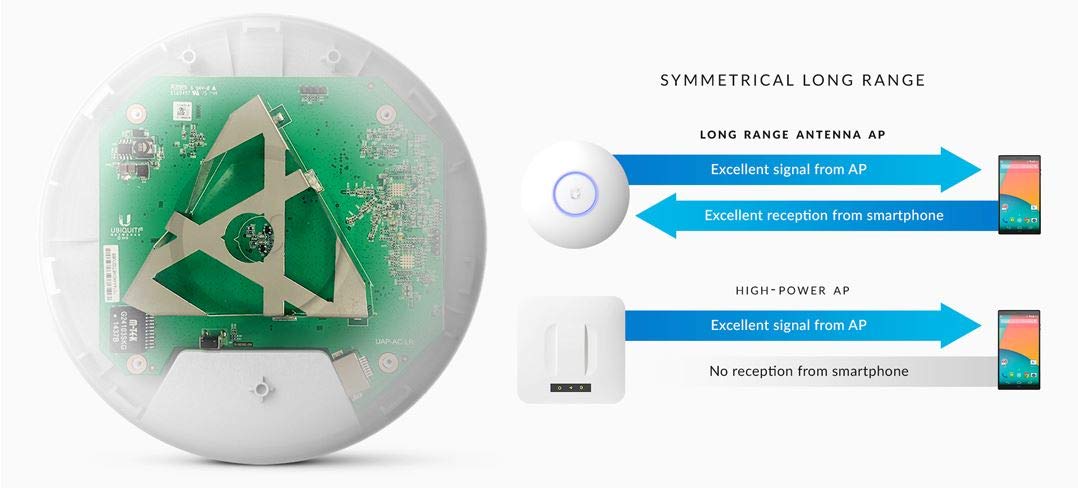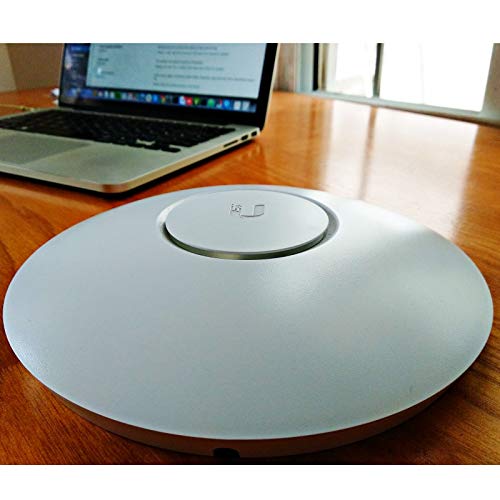معلومات عنا
حقوق الطبع والنشر © 2024 Desertcart Holdings Limited
Desert Online General Trading LLC
Dubai, United Arab Emirates









📡 Elevate Your Wi-Fi Game!
The Ubiquiti Unifi AP-AC Long Range is a high-performance wireless access point designed for seamless connectivity and extensive coverage. With its sleek design and lightweight build, it integrates easily into any environment while supporting the latest 802.11ac wireless standard. Perfect for tech-savvy users looking to enhance their network experience.



| Wireless Type | 802.11ac |
| Brand | Ubiquiti Networks |
| Series | UAP-AC-LR |
| Item model number | UAP-AC-LR-US |
| Operating System | Unifi OS |
| Item Weight | 6 ounces |
| Product Dimensions | 6.92 x 6.92 x 1.7 inches |
| Item Dimensions LxWxH | 6.92 x 6.92 x 1.7 inches |
| Color | White |
| Voltage | 24 Volts |
| Manufacturer | Ubiquiti |
| ASIN | B015PRCBBI |
| Is Discontinued By Manufacturer | No |
| Date First Available | September 23, 2015 |
ترست بايلوت
منذ أسبوعين
منذ أسبوعين